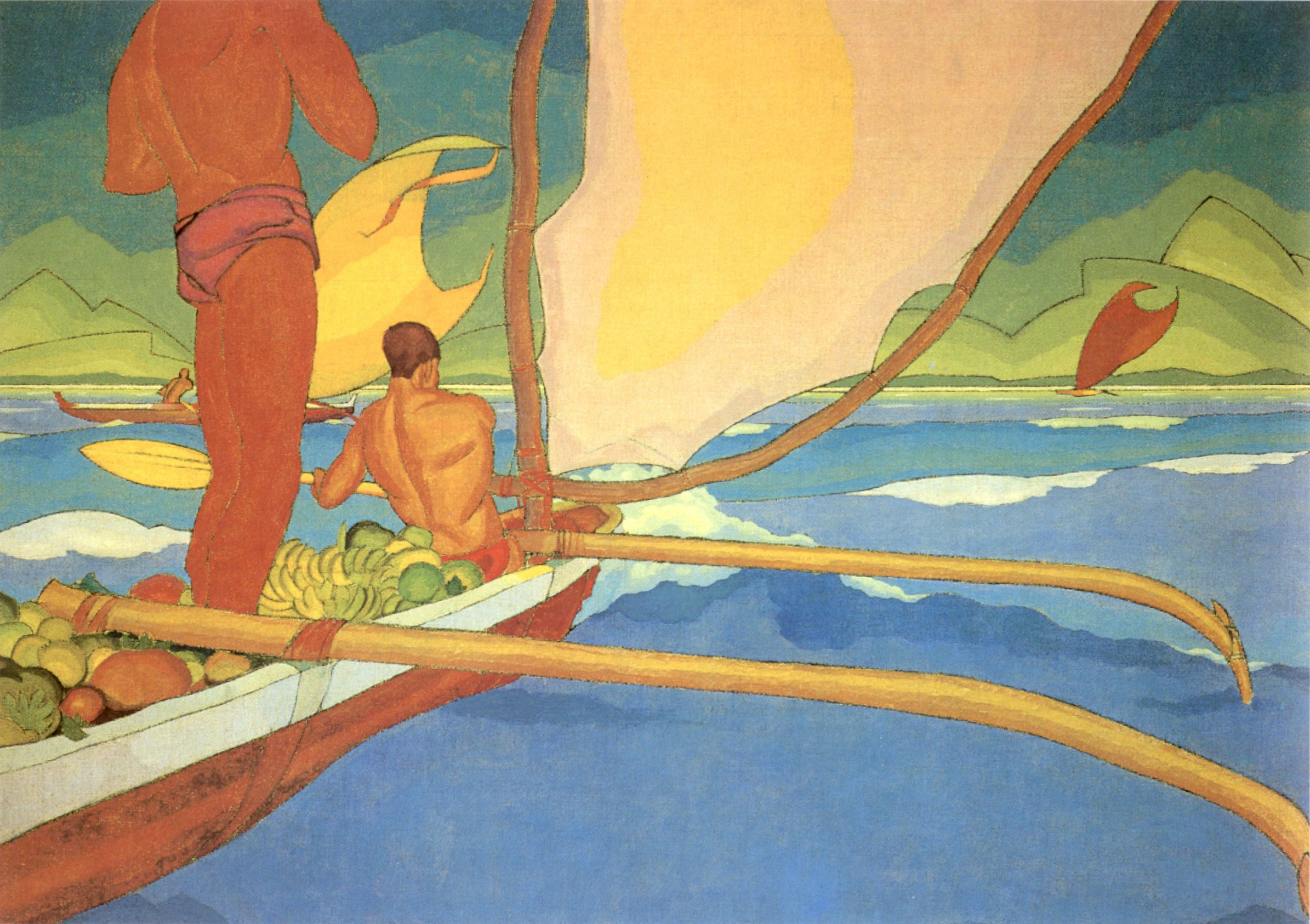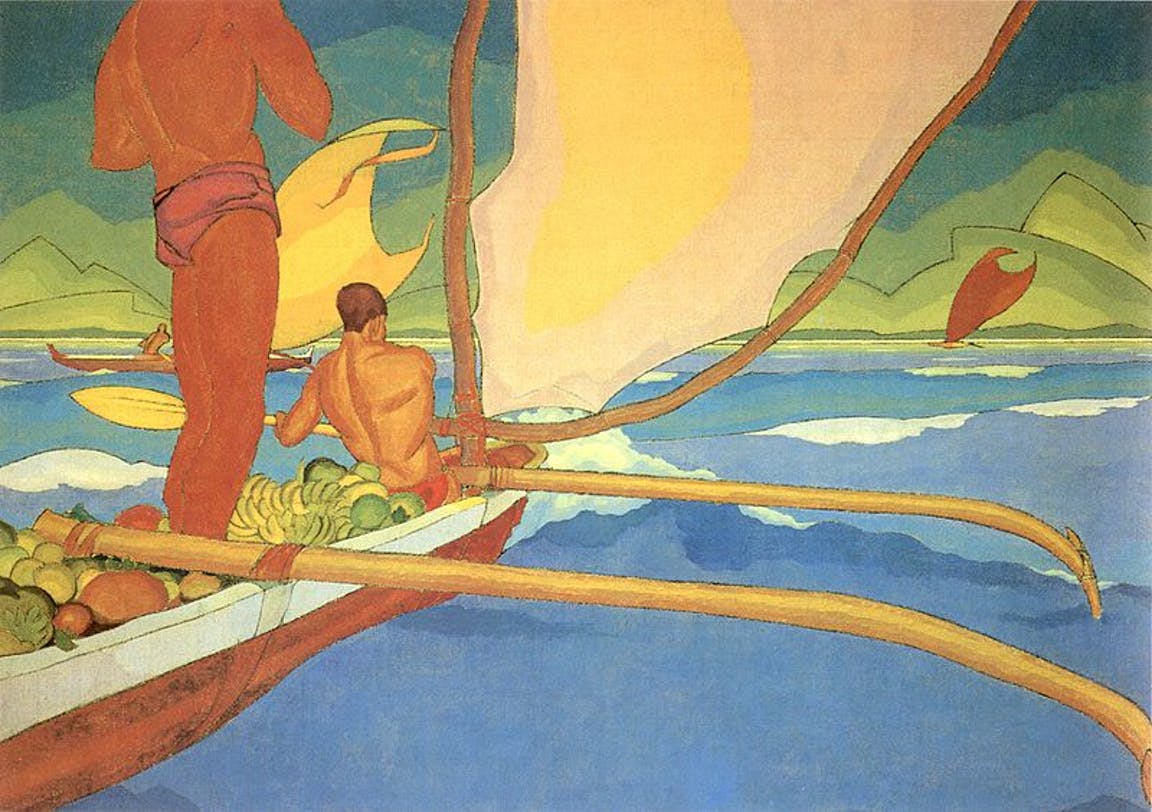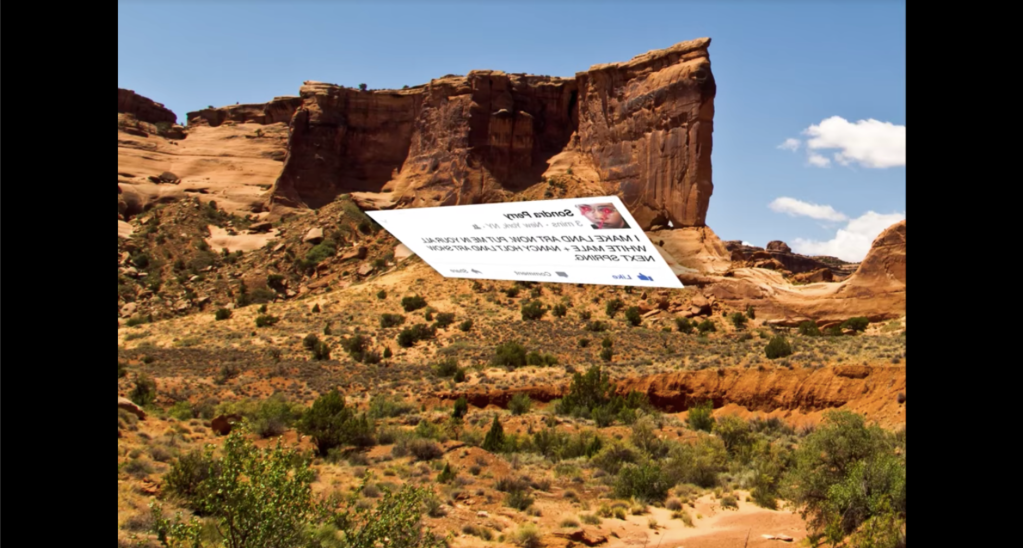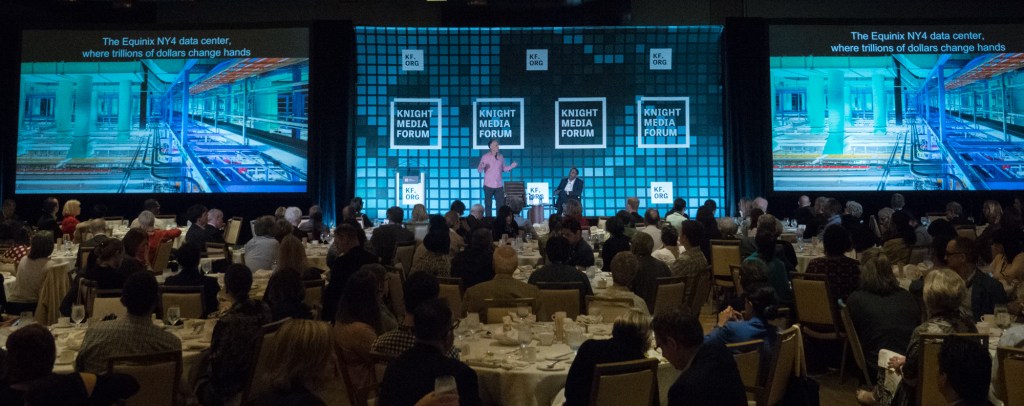
How LiveStories helps everyday people navigate oceans of data
Adnan Mahmud is CEO of LiveStories, a data storytelling platform for the public sector, which is also a portfolio company of the Knight Enterprise Fund.
Data is everywhere. We constantly hear about data on the news, and countless data sets are available on the internet. The amount of data produced by governments and businesses seems to grow exponentially every year.
But the tools to explore data have only improved incrementally. Every software tool has been built for data analysts. Most people simply can’t use the vast amounts of available data in any meaningful way.
Knight Foundation has long understood the importance of data in charting our path forward. Journalists often serve as mediators between data sources and citizens—but only when they have the time and expertise, and only if they can gain the trust of an increasingly skeptical and polarized public. In the end, most governments, businesses and citizens are still lost at sea.
I started LiveStories in 2013 to solve this problem, and a recent trip to Easter Island clarified what I believe is the way forward.
Connecting across the ocean
Ever since I was a kid, I’ve been fascinated by Easter Island, and the Polynesian seafarers who discovered it. Centuries before European explorers crossed the Atlantic Ocean, Polynesians had settled on Easter Island, Hawaii and New Zealand—which form a vast triangle in the Pacific Ocean that’s roughly the size of North America. They did this by the 1200s—without compasses, metal tools or books, on ships constructed of little more than two canoes and a mast lashed together.
How did the Polynesians accomplish this feat? They mastered wayfinding using their own sophisticated method of navigation. By following the stars, reading the waves and listening to the wind, wayfinders could sail across the open ocean with confidence.
Now, how many people can explore data with confidence? Thanks to the open data movement, anyone can download thousands of data sets from the web. And if you’re an Excel whiz, or if you know how to work with APIs, maybe you can discover some insights in the wealth of government data. But there’s no easy way for nontechnical people to work with these files.
LiveStories provides a system for anyone to explore data. Our platform includes hundreds of indicators, and it doesn’t stop at the national level. You can search for any topic—for example, poverty, or income or drug abuse rates. Within seconds, you can explore interactive charts and maps for your county, city or even your local census tract.

Connecting the islands
From New Zealand to Hawaii is the same distance as Cape Town to Cairo—the length of Africa, twice the width of the United States. Yet, a person from Hawaii could understand the native language of a person from New Zealand. The islands could talk to one another.
Most data sets can’t talk to one another. Even when government data sets cover the same region, or the same topic, there are no uniform metadata standards that tie the data together. As a result, it’s extremely difficult for governments, businesses and citizens to draw insights from connections between multiple data sets.
Our platform solves this problem, too. There are no data silos on LiveStories. With artificial intelligence and some elbow grease, we’ve linked together indicators, topics and regions across data sets. You can quickly see correlations between indicators for your location—or compare your location to similar places based on population or demographics.
Connecting the people
The Polynesians weren’t just wanderers. They explored with purpose. When they discovered a new island, they memorized its location and, later, returned with their families and friends to settle.
Likewise, exploring data is only part of the story. For insights to be useful, they have to get into the right hands. To that end, the LiveStories platform also includes collaboration and web publishing tools. Users don’t have to coordinate over endless e-mail chains, or distribute their findings via PDFs. On LiveStories, anyone can find local data, collaborate with their colleagues, and publish their insights to the world—without ever leaving the platform.
The way forward
The Polynesians explored because they believed it would lead them to a better world. And in the end, they created a new world in the Pacific—a vast civilization spanning hundreds of islands, all networked together by a common language and culture.
I’ve always believed that America succeeds when its 3,000 counties succeed. Our mission is to empower everyone to be a data explorer—city managers and superintendents, health directors and data analysts, police chiefs and public relations officers—and all the citizens, journalists and public servants working alongside them. Just as wayfinding brought the Polynesians together, I believe that empowering data explorers will lead to a more constructive public discourse and bring our country together.
Follow @adnanmahmud and @LiveStoriesCom on Twitter, and visit livestories.com.
Recent Content
-
Artsarticle ·
-
Artsarticle ·
-
Community Impactarticle ·


